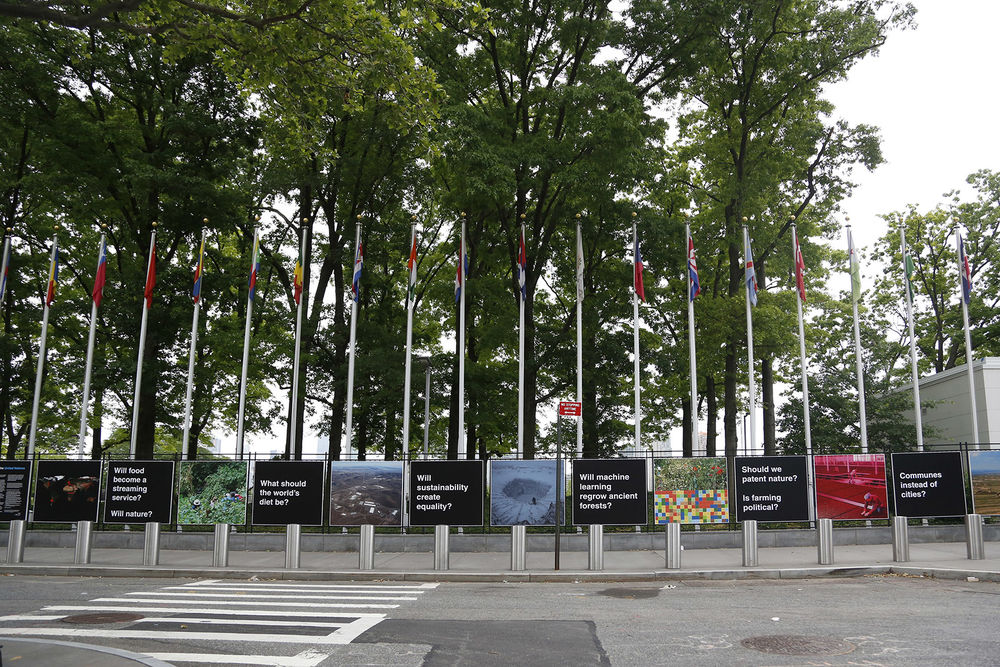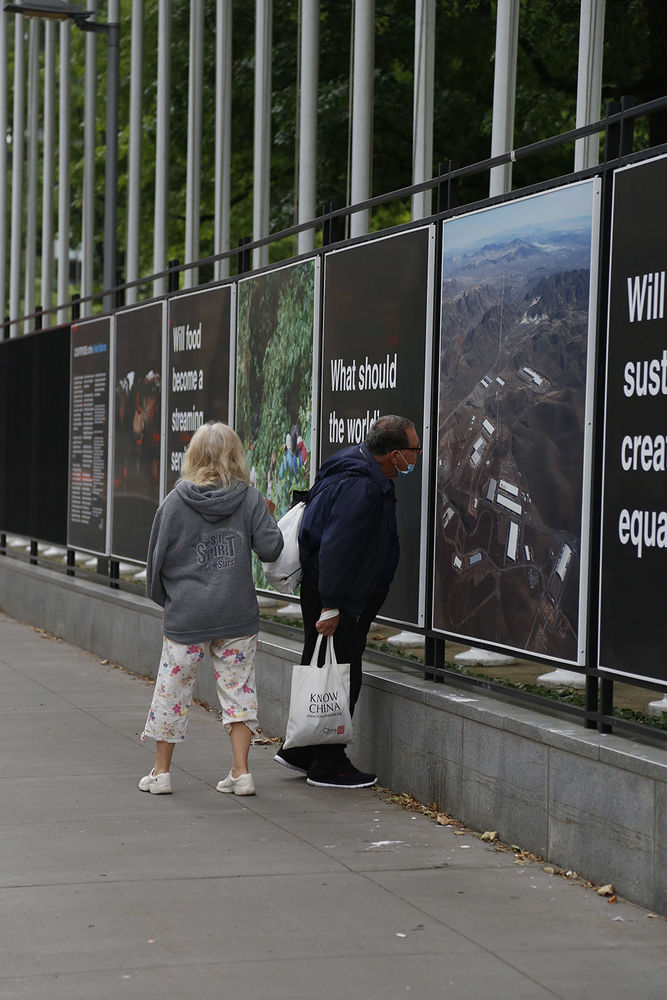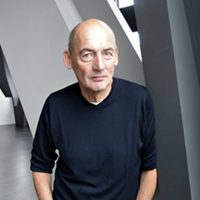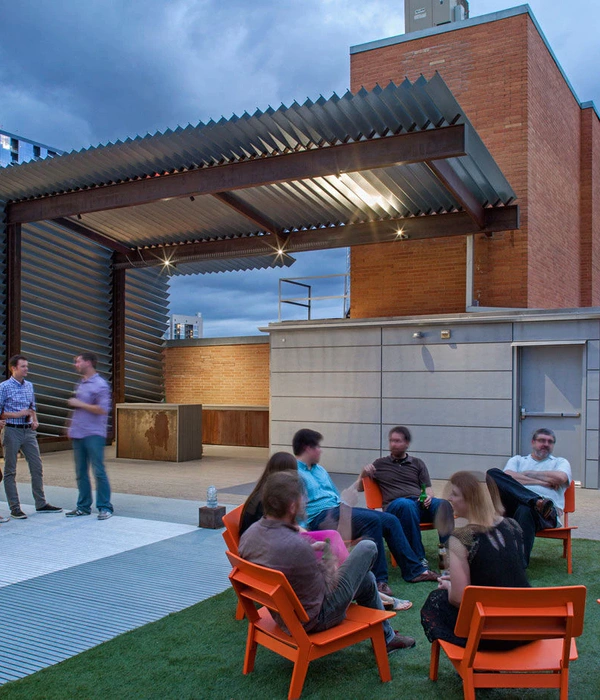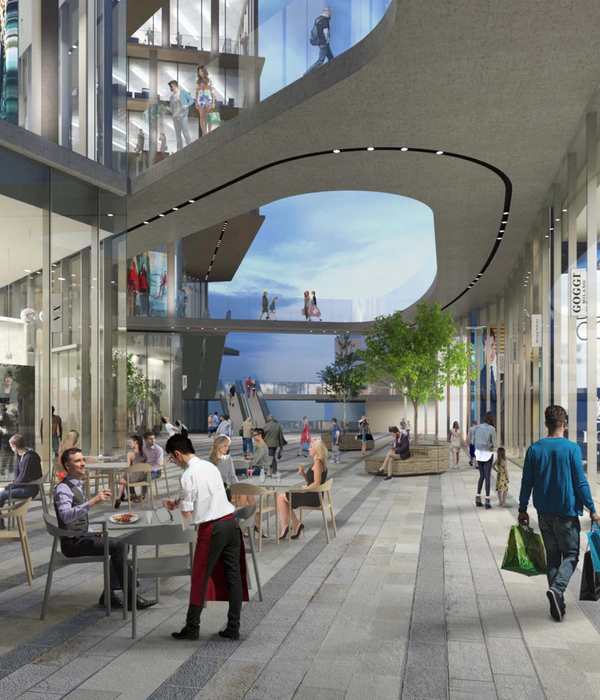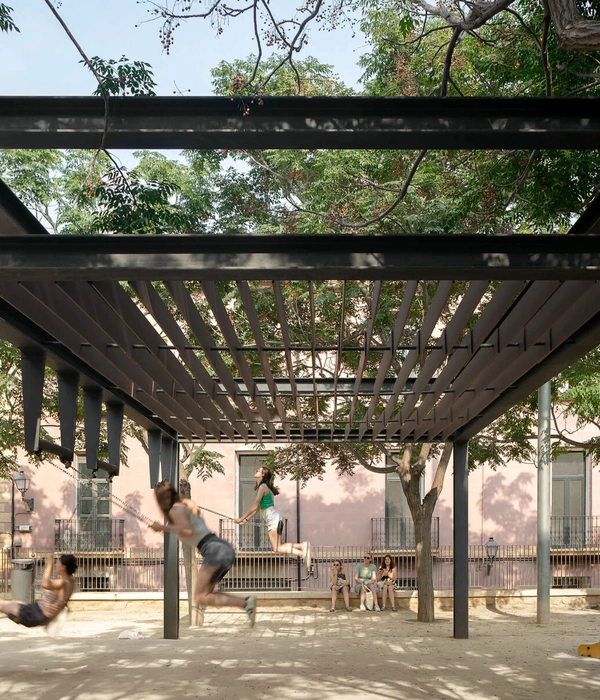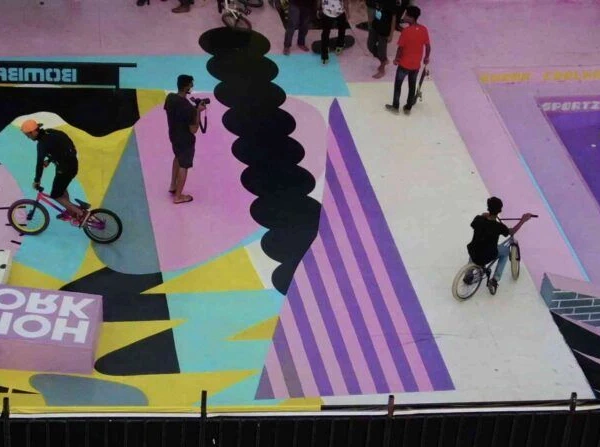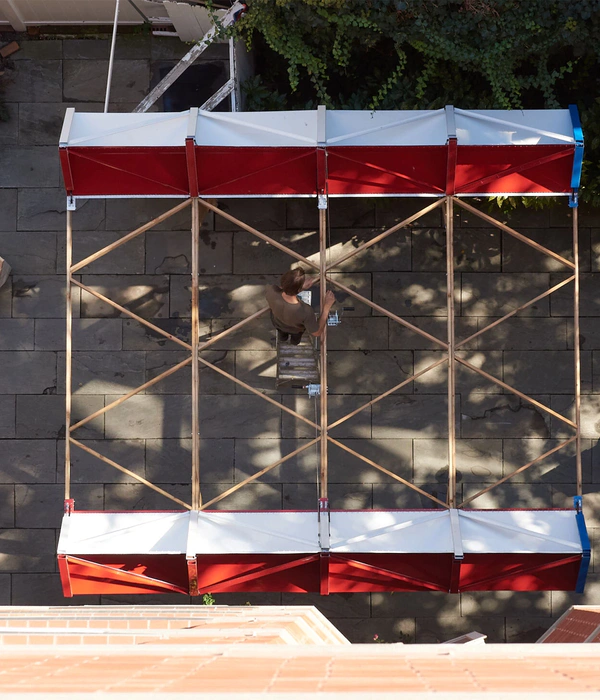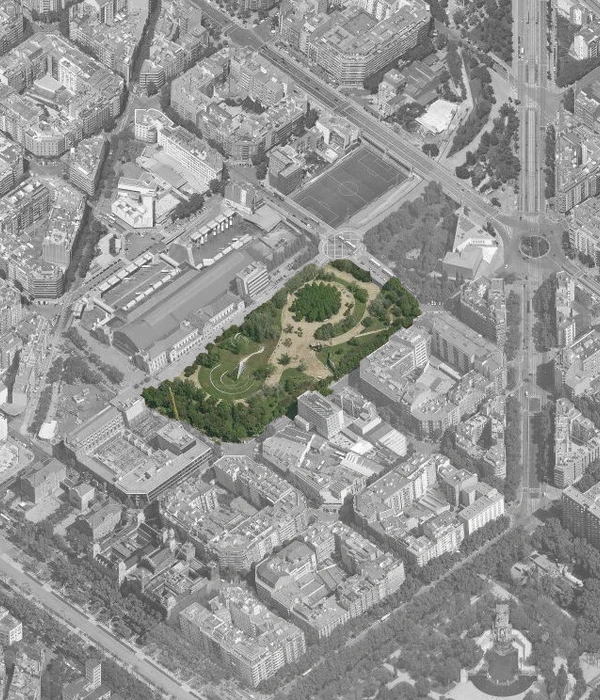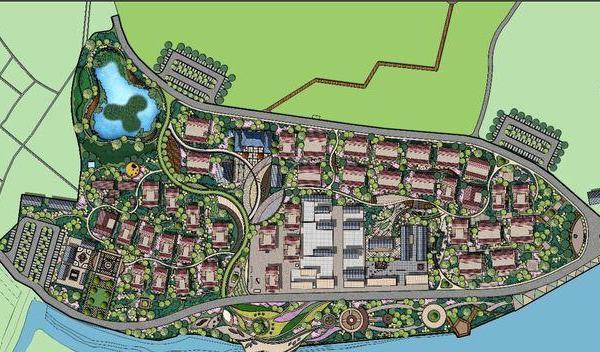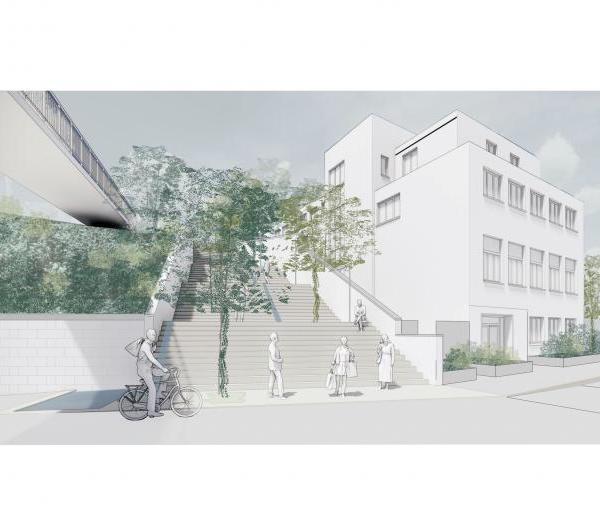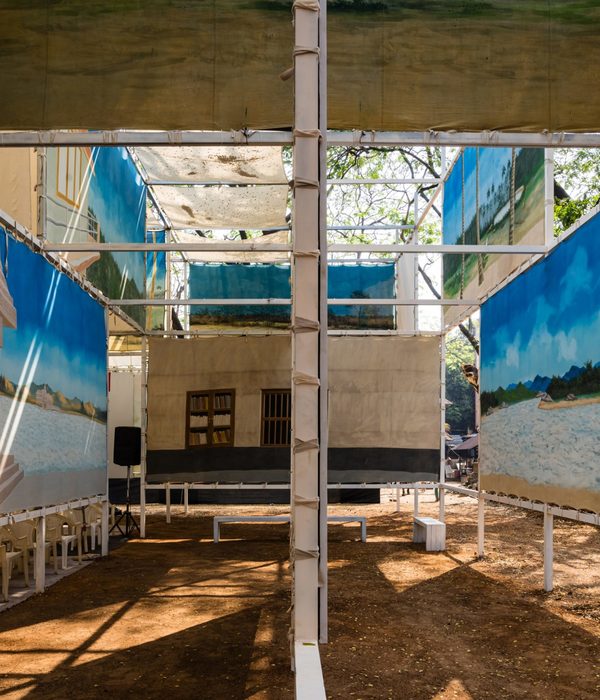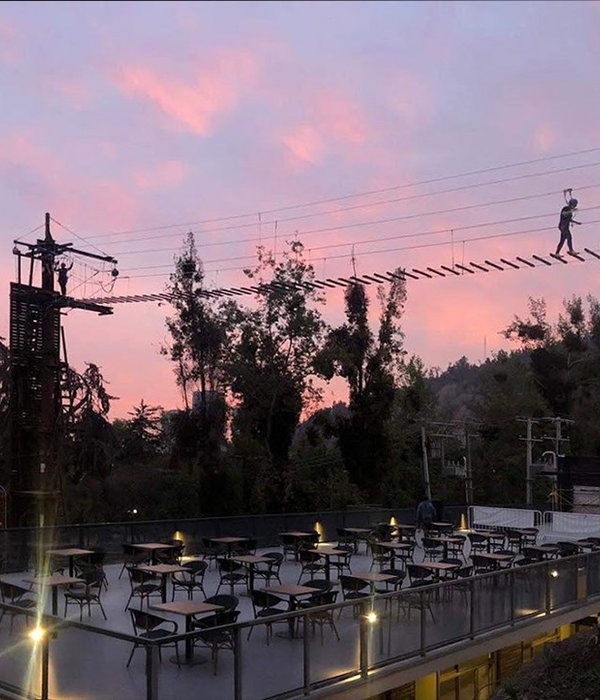联合国乡村展 | 挑战农业成见,聚焦全球可持续发展
根据2008年1月联合国《世界城市化展望》的预计,到该年年底,全球将有超过一半人口在城市生活。2018年,报告已确认有55.3%的人口居住在城市区域——有力地证明了目前对城市化地区进行研究以及实现智慧和可持续城市的重要意义。然而,另一半的人口又将如何?在“智慧城市”为主导的城市化讨论中,乡村地区显然被排除在外。
2020年,所罗门·R·古根海姆博物馆与AMO(注:AMO为OMA的研究部门)合作策划的“乡村,未来”(Countryside, The Future)展览为以上的论述提出了新的展望。该展览呈现了由AMO领导的为期5年的研究,汇集了科学、社会学、艺术和政治等各项领域的讨论,试图让广义的“乡村”——地球上98%未被城市占据的表面——成为全球讨论中至关重要的主题。
January 2008. The United Nations’ World Urbanization Prospects estimated that by the end of that year, over half of the global population would live in cities. In 2018, the Prospects confirmed 55.3% of humankind was living in urban settlements – a convincing argument for investigation to be directed to urbanized areas, to achieve intelligent and sustainable cities. What about the other half of the population? As the “smart city” dominated the discourse on urbanization, the countryside was left out.
Countryside, The Future, an exhibition organized in 2020 by the Solomon R. Guggenheim Museum in collaboration with AMO, was an attempt to reimagine the discourse. The exhibition presented research directed by AMO over five years, which brought together discussions in the scientific, sociological, artistic and political realms. The show aspired to position the broadly defined “countryside”– or 98% of the Earth’s surface not occupied by cities – as a vital subject for global discussion.
▼项目概览,preview © Noam Ekhaus, Courtesy of OMA
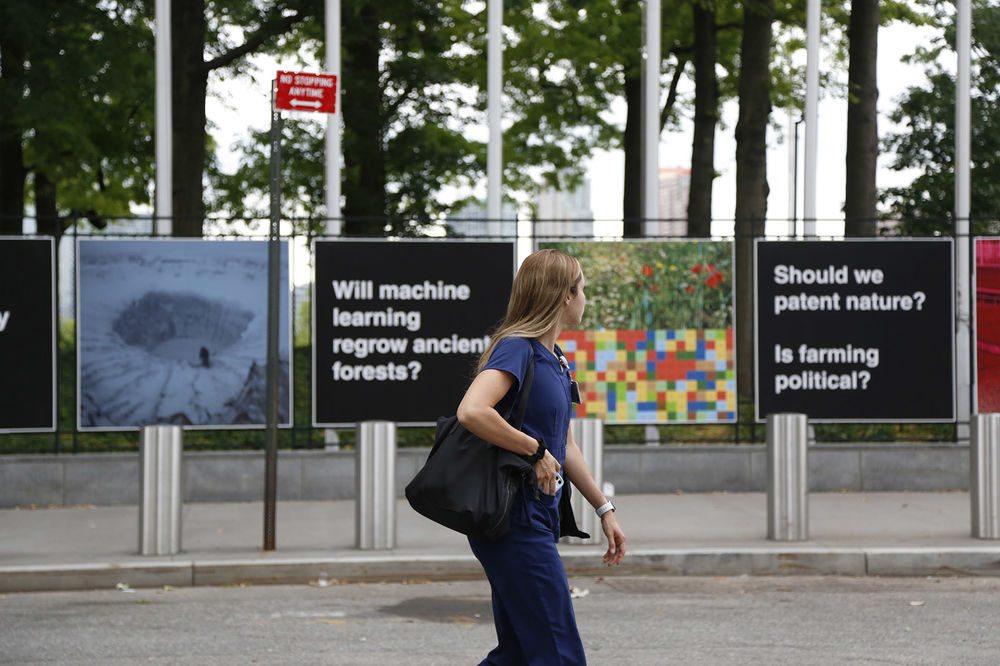
当全世界都在为“从疫情中恢复”而提出解决方案时,乡村能够带来什么?2021年9月,联合国粮食系统峰会倡议“通过公平的粮食系统实现全球可持续发展”有助于吸引更多人关注乡村在粮食系统转型中的潜力。
为了迎接峰会的召开,AMO“接管”了纽约联合国总部的围栏,使其成为一处发起乡村新论述的场地。围栏的展板上呈现了一系列问题和图像,旨在说明不同类型的乡村的变革历程——从西伯利亚的永久冻土带到充满未来感的荷兰温室——打破人们对农业所抱有的一切成见。每块展板都专注于一个具体的、与农业创新、生态变化以及粮食生产和安全性有关的方面。在文化与政策制定的交汇点上,“联合国的乡村”(Countryside at the United Nations)为我们赋予了思考、回应、行动以及展开公众讨论的机会。
▼纽约联合国总部的围栏成为了发起乡村新论述的场地 © Noam Ekhaus, Courtesy of OMA AMO takes over the fences of the UN Headquarters in New York as a site for a renewed discourse on countryside


As the world ponders solutions for recovery from the pandemic, what can the countryside offer? The UN Food Systems Summit in September 2021 – an initiative for global sustainability through equitable food systems – offers opportunities to focus on the potential of the countryside in food systems transformation.
In anticipation of the summit, AMO takes over the fences of the UN Headquarters in New York as a site for a renewed discourse on countryside. A series of panels present questions and images to illustrate rural transformations of different kinds – from the Siberian Permafrost to futuristic Dutch greenhouses that unsettle every existing concept in agriculture. Each panel focuses on an aspect of agricultural innovation, ecological change, and food production and security. At the intersection of culture and policymaking, Countryside at the United Nations invites reflection, response and action, opening public discussion.
▼每块展板都专注于一个具体的、与农业创新、生态变化以及粮食生产和安全性有关的方面 Each panel focuses on an aspect of agricultural innovation, ecological change, and food production and security © Noam Ekhaus, Courtesy of OMA
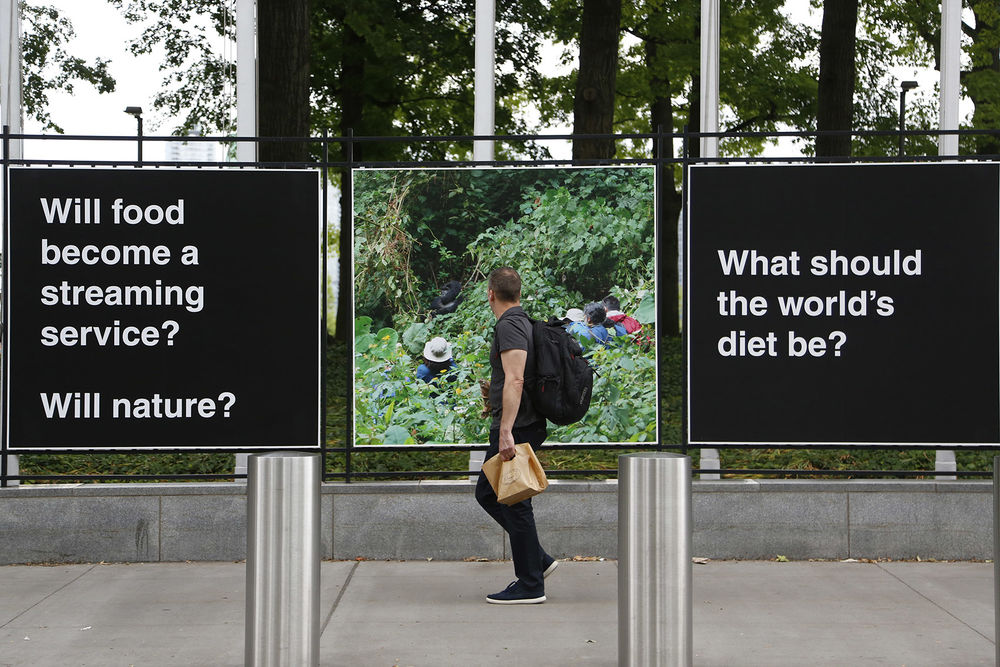
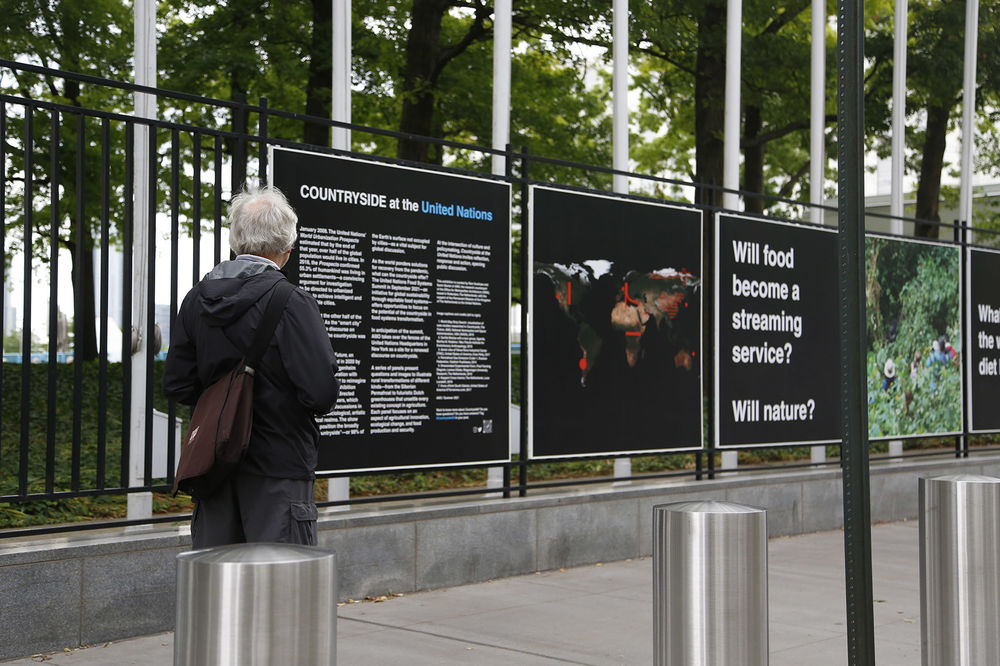
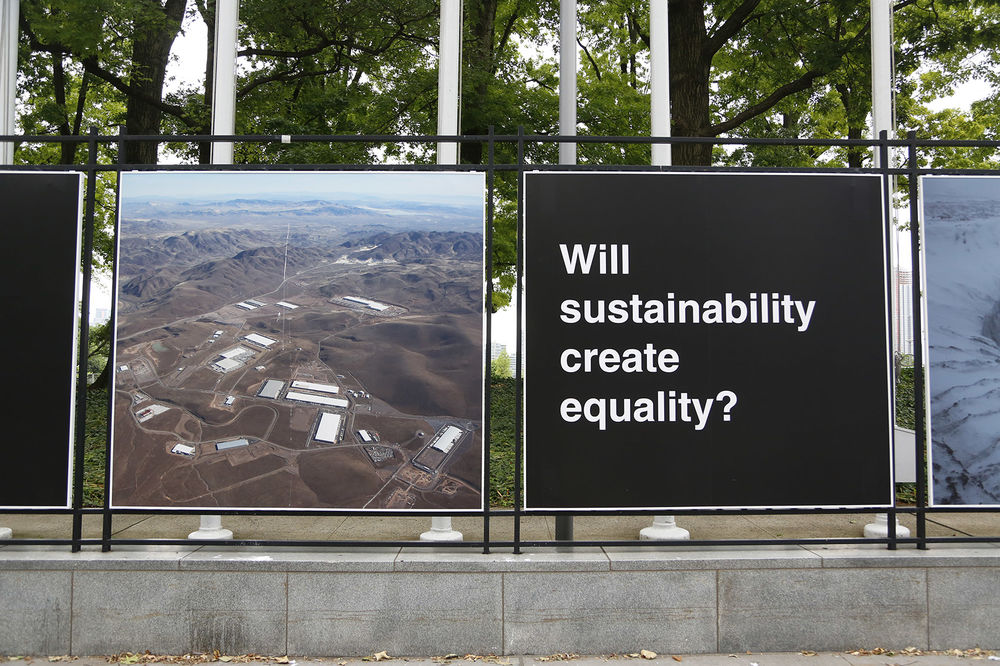
▼展览现场,exhibition site © Noam Ekhaus, Courtesy of OMA
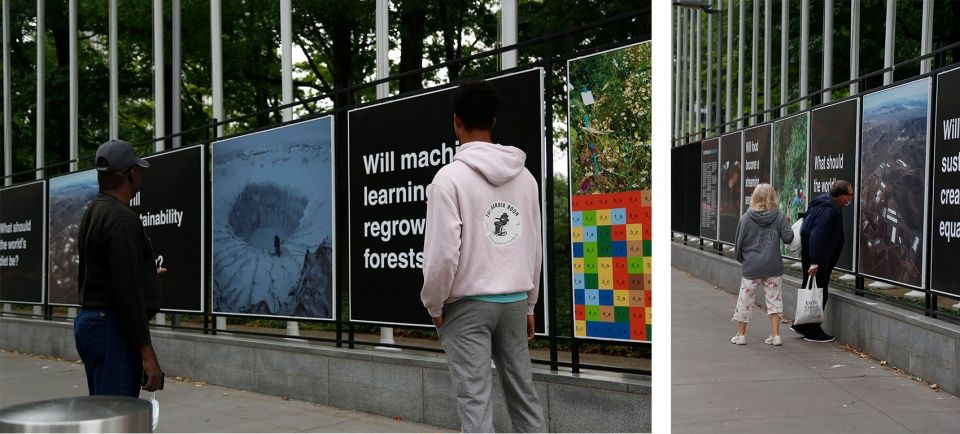
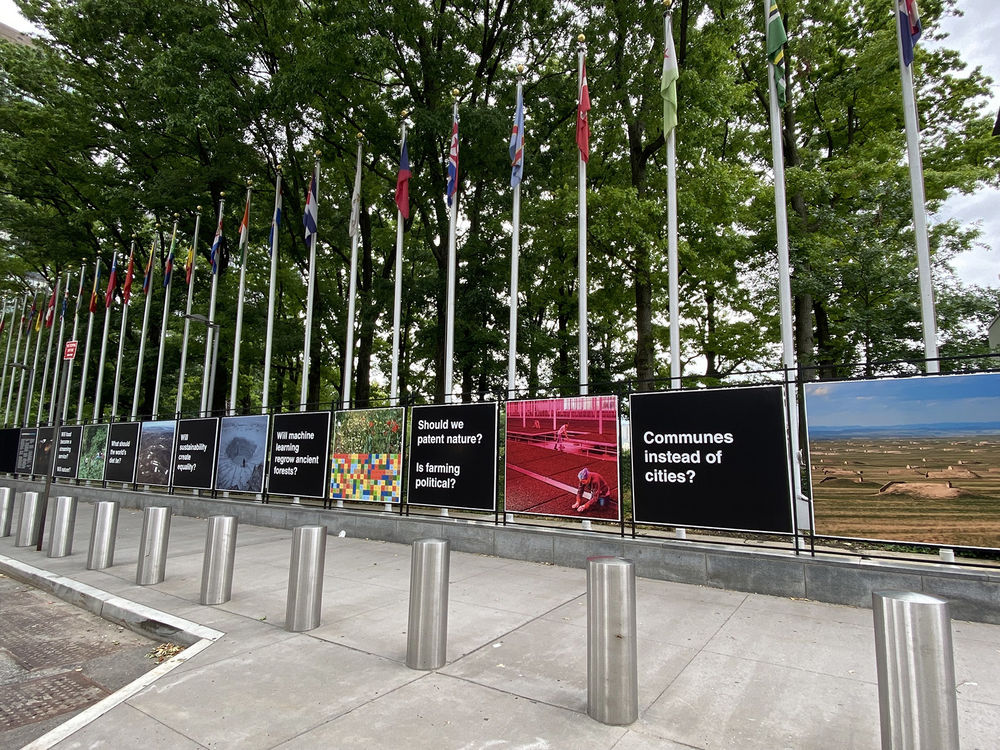
▼展板示例,Panels example © OMA
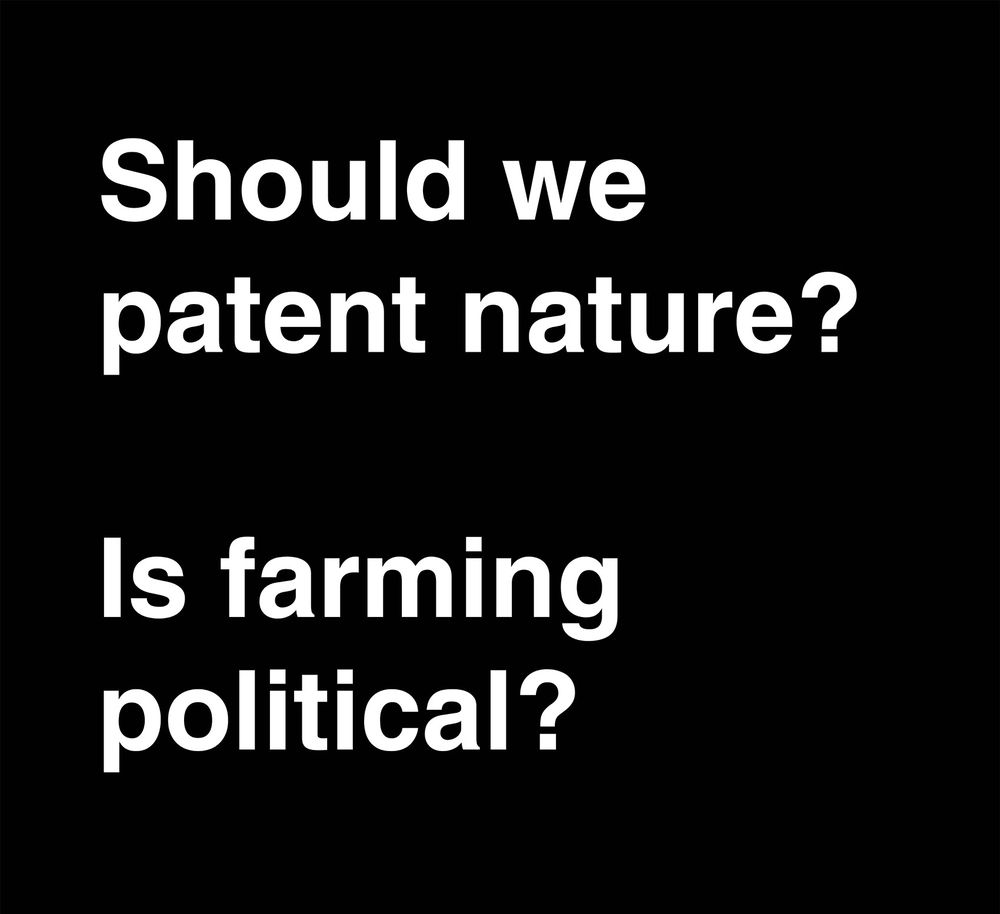

▼左:Droevendaal实验农场:像素农场示意图;右:游客与大猩猩Mukiza Left: Droevendaal Experimental Farm, Pixel Farming Diagram © Lenora Ditzler ; Right: Tourists with gorilla Mukiza © Martha Robbins

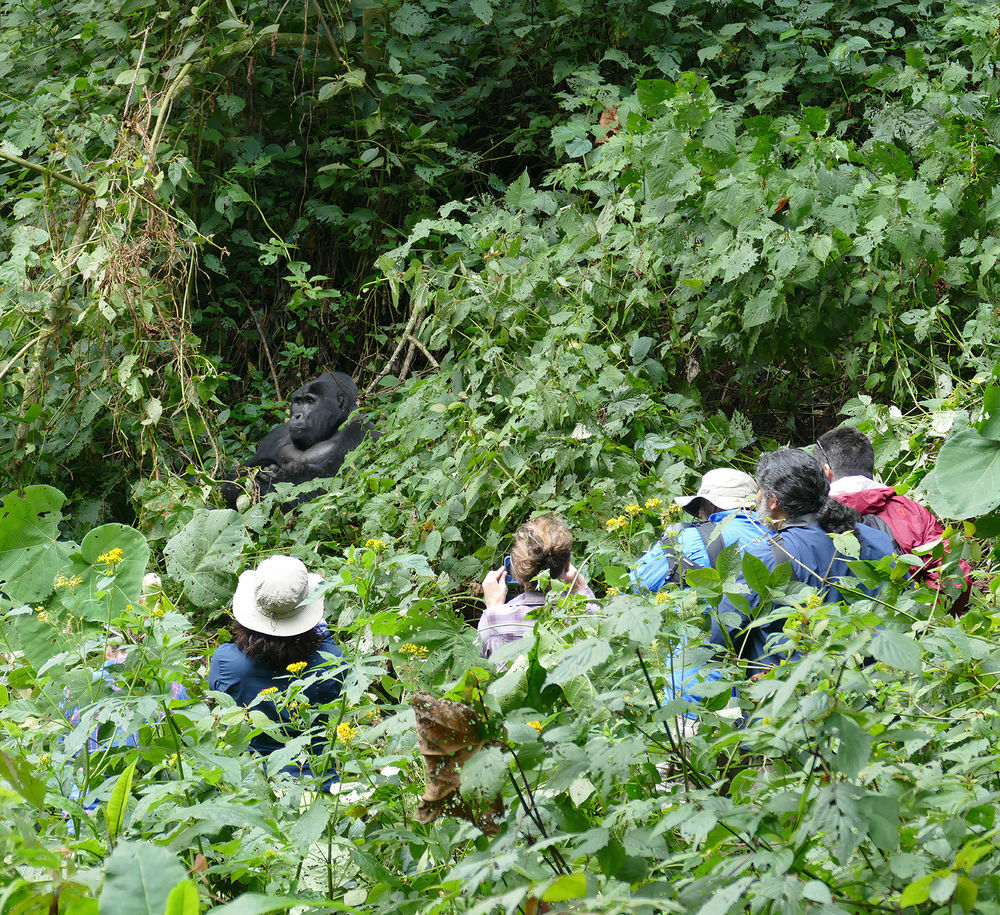
Credits Location: New York City Client: Permanent Representation of the Kingdom of The Netherlands to the United Nations Year: 2020 – 2021 Status: Completed Program: Exhibition Partner in Charge: Rem Koolhaas Team: Director AMO: Samir Bantal Nathalie Agostini, Marina Fernández Maestre, Claire Jansen, Adam Kouki, Nuria Ribas Costa, Isabella Rossen Collaborators: Production: PPS Imaging Images: Lenora Ditzler, Luca Locatelli, Evan Petty, Vladimir Pushkarev, Martha Robbins, Terravivos
